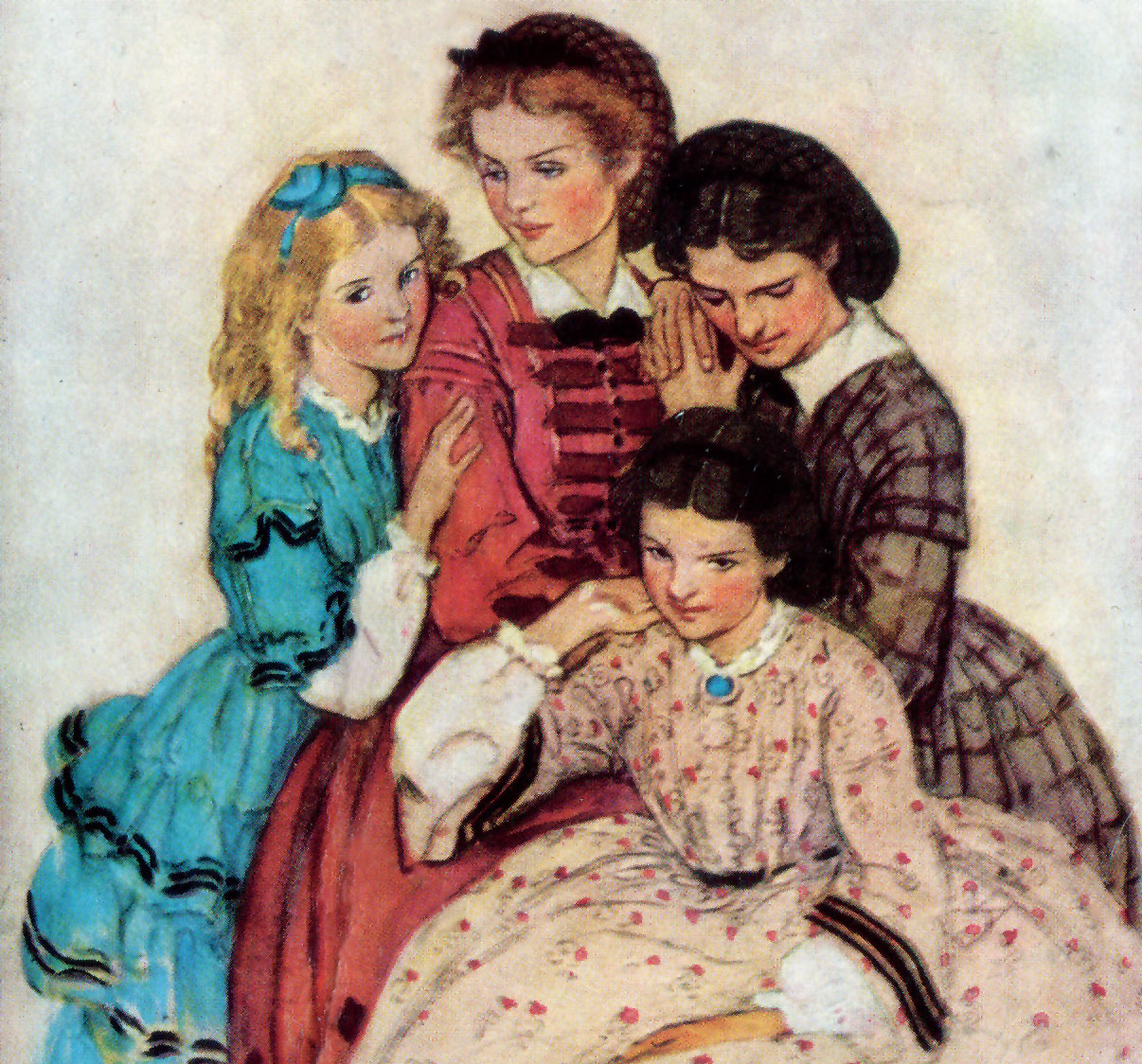Age is just a number. Louisa May Alcott’s classic, Little Women, turned 150 this year. Yet, the charm of this coming-of-age narrative shows no signs of waning. Generations of women have grown up identifying with one or the other March sister. There is someone for everyone. Meg is dutiful but resents poverty; Jo is an ambitious tomboy with a temper; Beth is a gifted musician but excruciatingly shy; and Amy is a pretty painter with insufferable vanity.
But these characters are for the girls. What about the boys? The disinterest of the greater part of the male population in Little Women — as if the title is not enough — can be explained by taking a look at the men in it. There is the charming boy-next-door, Laurie, his mansplaining tutor, John Brooke, and the stout Mr Bhaer, who, much to the chagrin of many, converts perhaps the most beloved of the little women, Jo, into a good wife.
The fiercely free-spirited Jo falling in love with a somewhat older and rather didactic German educator often seems like a betrayal to young readers. Especially since she takes to darning his socks and burns her sensational fiction lest Bhaer, who finds them an abomination, gets hold of these. By destroying the writing which earned her money, Jo seems to be giving up her independence. Yet, of all the three gentlemen, Bhaer is the most tolerable. He is willing to work side by side with Jo to run their family, and even after marriage, Jo is free to pick up her quill when she pleases. It is not Bhaer’s fault that Alcott portrays him as tediously kind and so good with children that they are always around him — obliterating the possibility of any passion between him and Jo. Which young man would identify with such an old bore?
From the most tolerable to the least: John Brooke. He begins his romantic career as the stealthy secret admirer who purloins Meg’s glove, goes on to convince her parents of his usefulness and ends up (exactly as he wanted) getting married to her. Alcott tries hard to make it seem like romance. But marriage clearly brings out the worst in Brooke: Meg must be careful not to wake his anger, be the first to ask pardon and always reason kindly with him. Not someone most teenaged boys would (one hopes) aspire to be.
The most identifiable of the three is Laurie. He, like the male reader, is the fortunate outsider who is allowed to observe the warmth of the March family. Laurie, though, has an advantage; he can marry a March sister — anyone will do — in a desperate bid to belong. Alcott’s publisher asked her to write a “book for girls” and in it, men inhabit the place that female characters have mostly occupied in men’s literature of the time: the margins.











